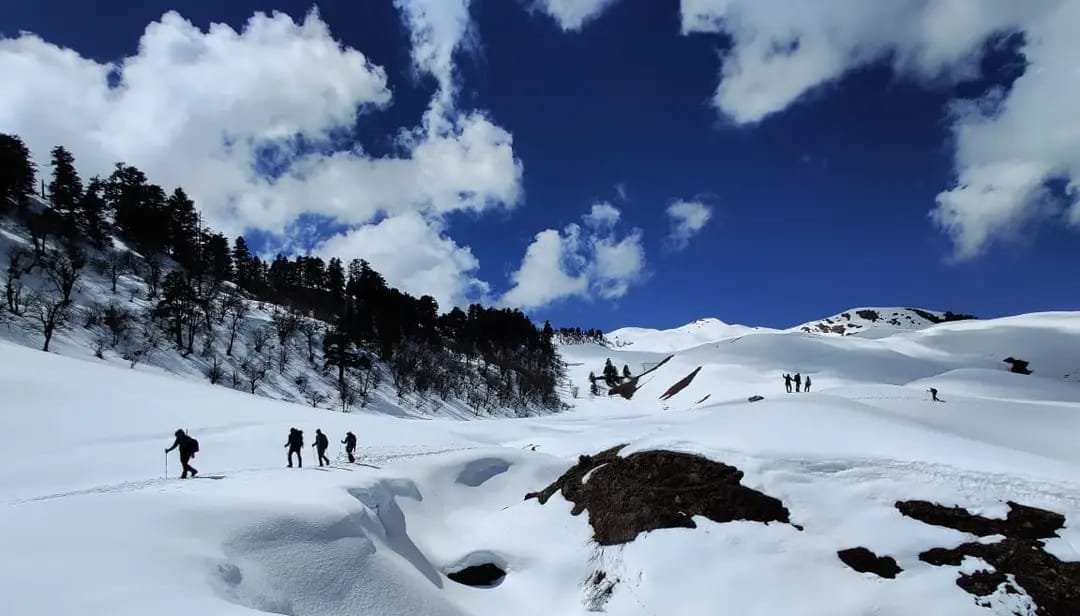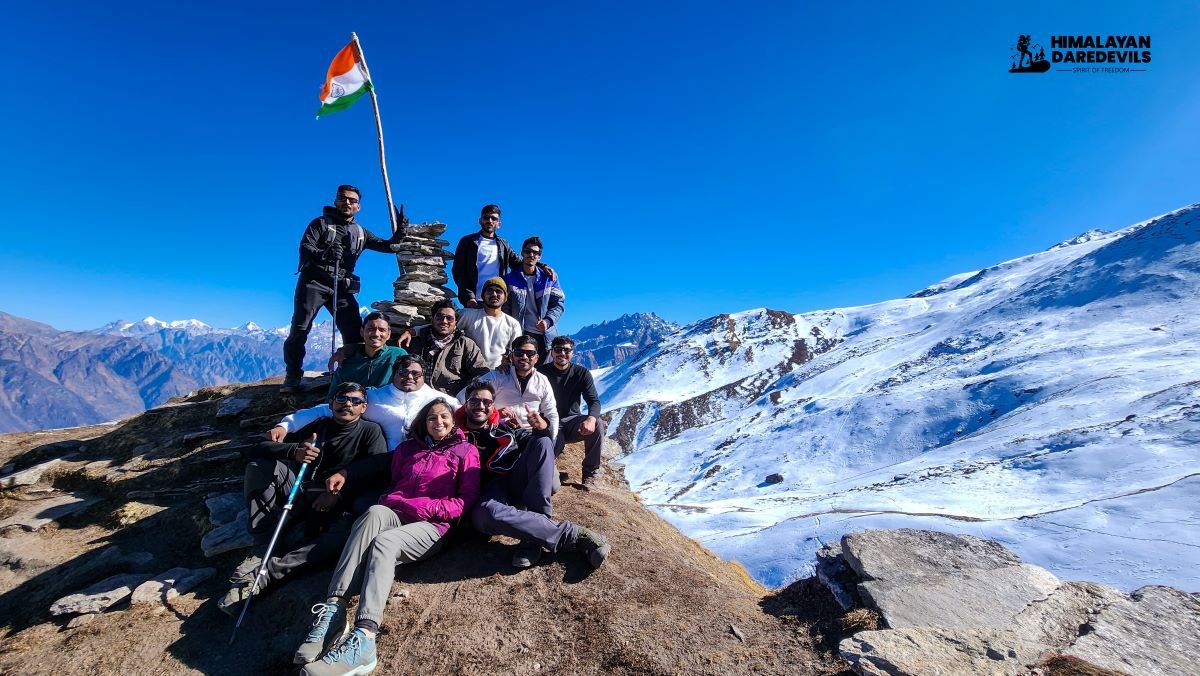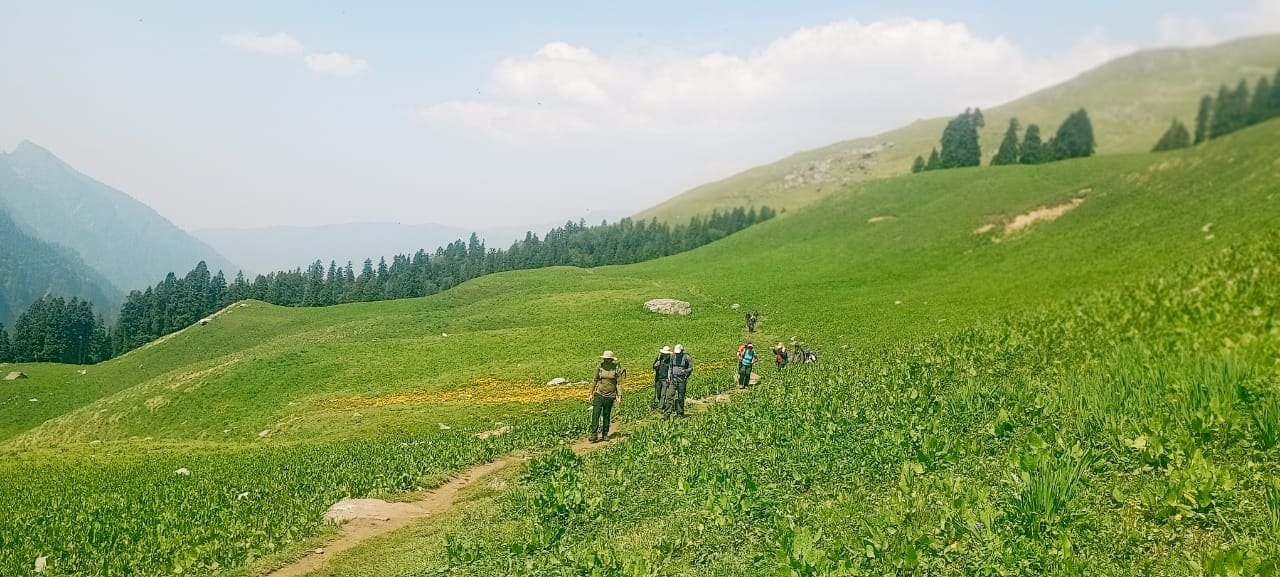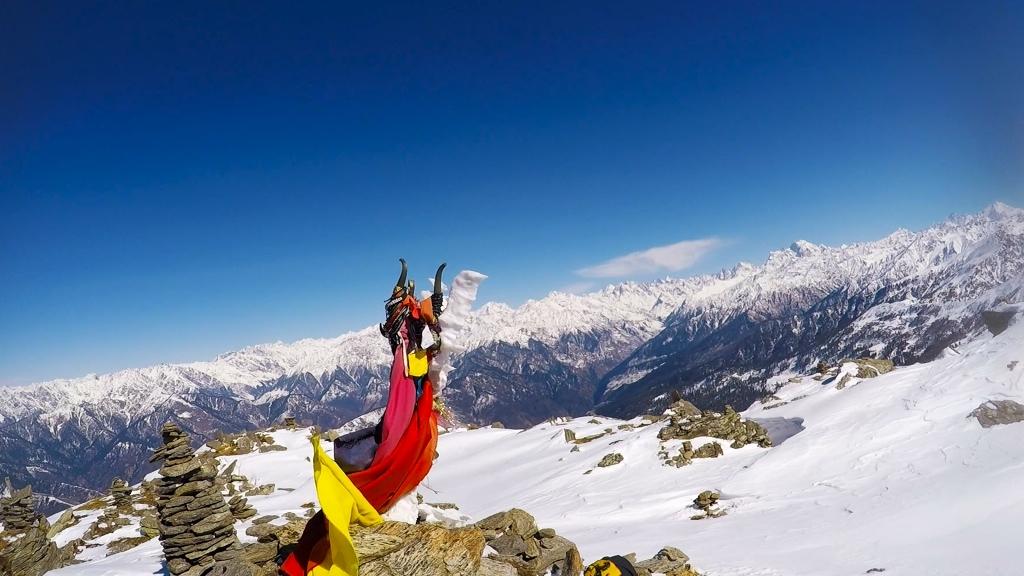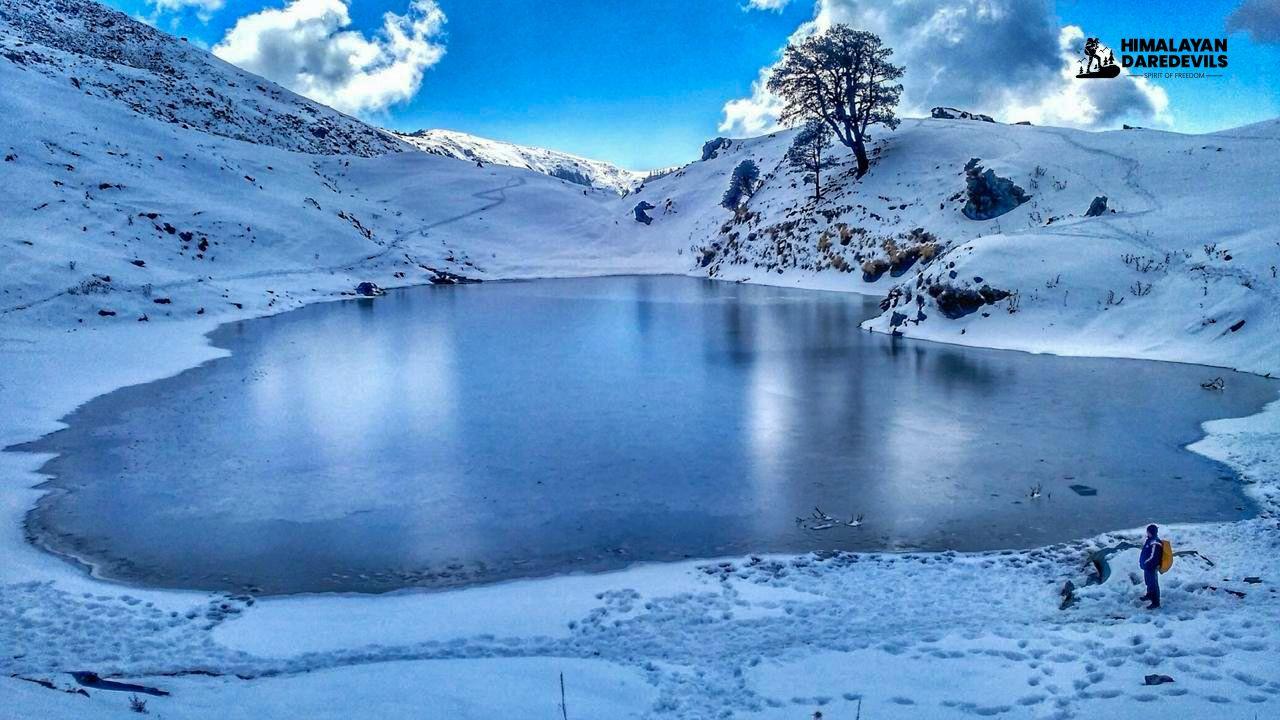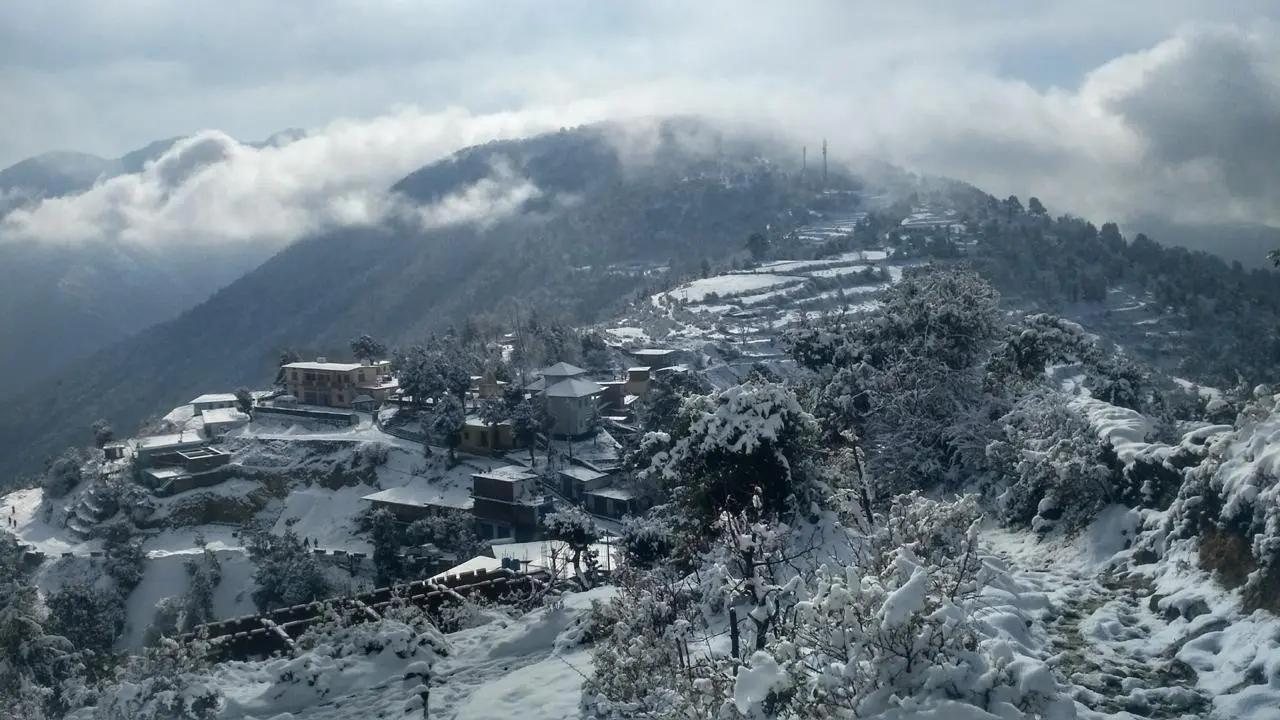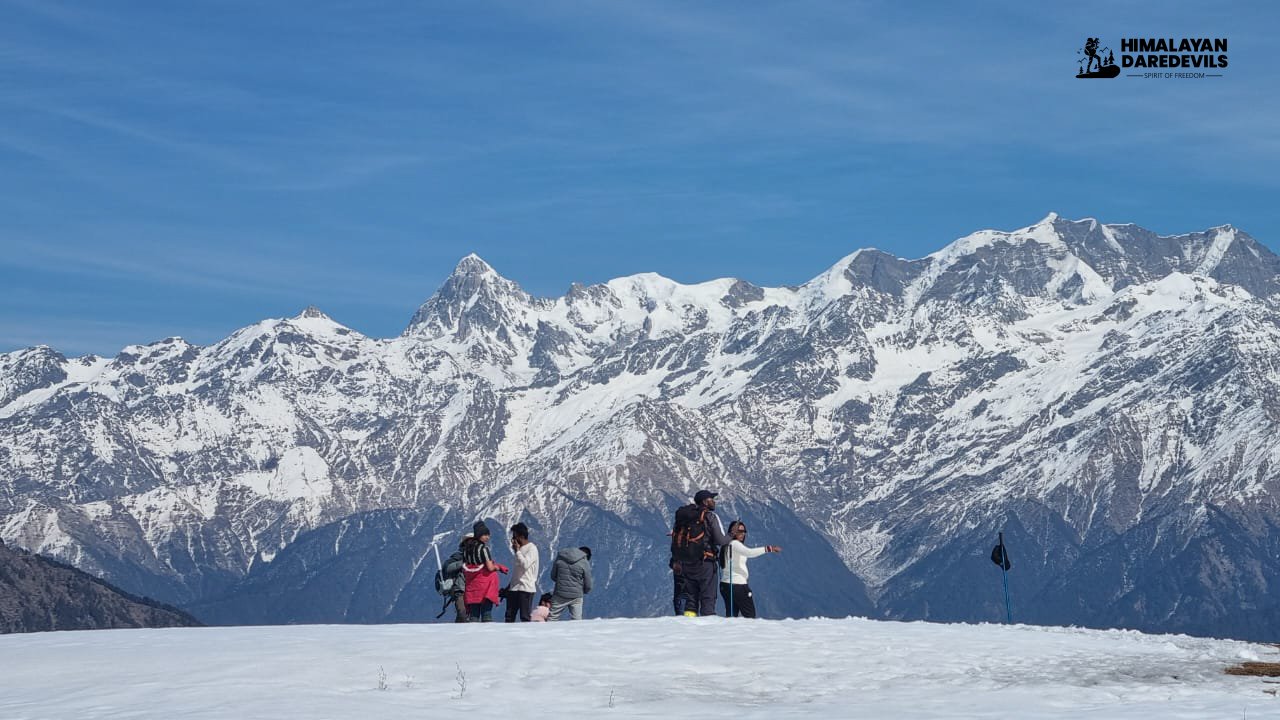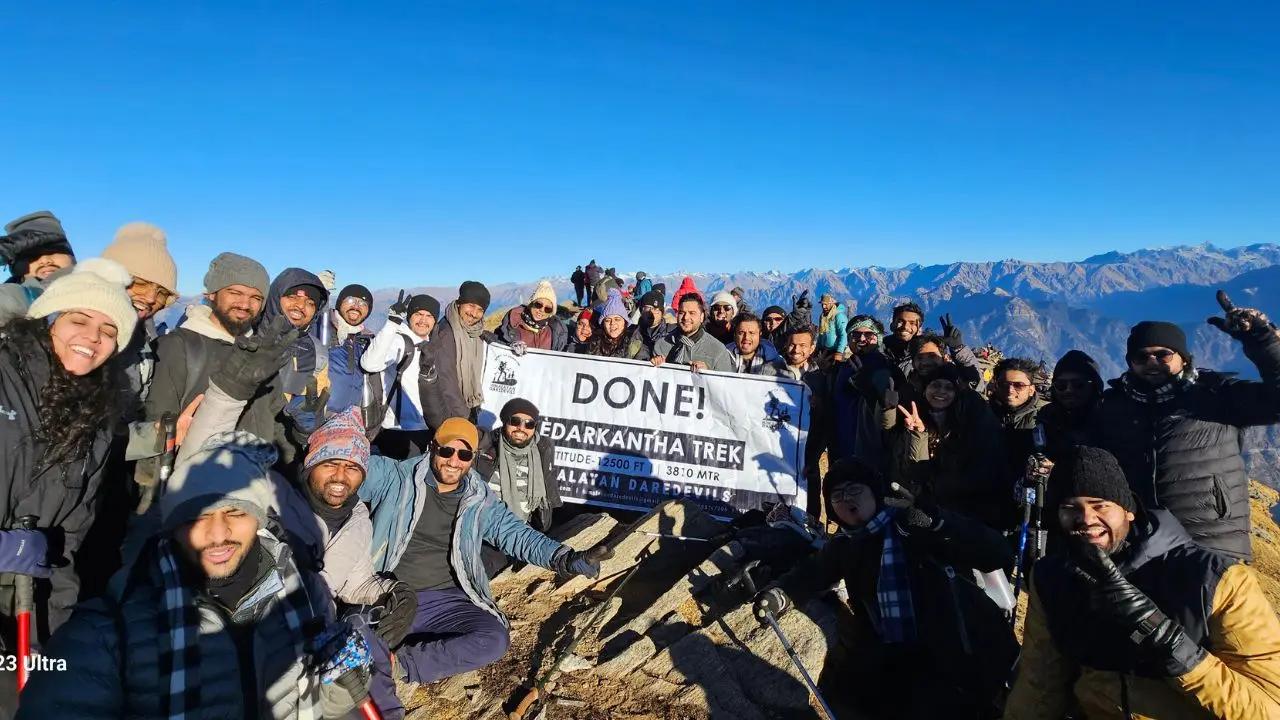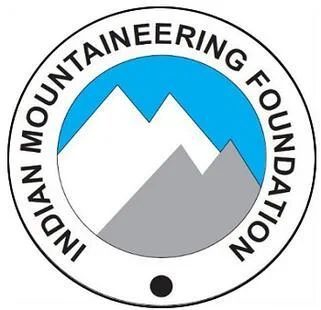08 October 2024
The allure of the beautiful destination for foreign visitors and its attractive peaks is enough to drive any trek lover to the grandeur of the Himalayas. Trekking in the Himalayas enthuses people with great zeal to experience the bucolic scenery of mountains, but one may also need to be physically agile so you can avert any untoward along the way. Your physical fitness cannot be ignored because being physically fit is crucial to enjoying safe and healthy trekking. As we provide you with the opportunity to go on enthralling trekking trails, your physical well-being matters to us the most; therefore, we strongly advise all our fellow trekkers who are suffering from any kind of prolonged illness to refrain from high-altitude trekking. Negating your health problems can have adverse effects on your health. To know its importance, learn why your well-being is important for Himalayan treks.
The allure of trekking in the Himalayas
When you plan on going to the Himalayas, always keep in mind that they are not just mountains; they are the tallest mountains on earth. What entices our avid trekkers more is
Mount Everest is the highest point on our planet. But coming to the Himalayas doesn’t merely mean you will only see the mountains; it is the journey that holds cultural significance and the ethnicity of the people who live there. You will get the chance to see local people and their way of life.
Awareness about well-being while trekking in the Himalayas
Before you proceed with your trekking journey to the Himalayas, familiarize yourself with some essential things. So that your enthusiasm may remain intact! And for this, safety must come first. But do not worry; with the right preparations, you can enjoy a fantastic adventure.
1. Learn about high altitudes
Altitudes above 8000 feet are defined as high altitudes. So what happens when you exceed your trek beyond this altitude? Altitudes above this height have lower levels of oxygen content in the air, and the atmospheric pressure also decreases. This emphasizes that for inhaling deep breaths, the oxygen level is low compared to sea level.
As you ascend toward higher altitudes, your body needs to become familiar with the heights because you may not have experienced them before. However, for people living there and experienced trekkers who are already accustomed to heights this may not be a tedious task.
So what you should be aware of when trekking at higher altitudes? When you ascend towards heights your body experiences a lower amount of oxygen which then causes to increase in your breathing rate further causing your heart to pump faster. Moreover, you are sleep-deprived at high altitudes due to uneasiness which may negatively affect your body. Therefore, to keep in of all these conditions, you must take a break and refrain from further trekking if you face severe health conditions.
2. Why do we discourage people from partaking in trekking who may have high blood pressure?
If you are already facing high blood pressure situations leveled with hypertension, you might face the adverse situation of heart attacks and strokes. This happens as you ascend to a higher altitude and your heart rate increases because of physical exertion. Consequently, when the temperature is not commensurate with the body, your blood vessels constrict, causing high blood pressure. This is a serious threat to individuals with preexisting high blood pressure conditions. Moreover, given the unprecedented nature of high blood pressure, people may look fine at the initial level but may develop noticeable symptoms later, making it more difficult. Therefore, we advise you to follow our guidelines, which require you to adhere to all the fundamentals of safety. Your stable blood pressure should range from 100–130 (systolic) and 75–85 (diastolic). Follow a balanced diet to maintain steady health because we prioritize the health and safety of all participants more than anything.
3. Individuals with heart conditions
Reduced oxygen levels at higher altitudes, furthering the variations in air pressure, can cause problems for your cardiovascular system; therefore, you must remain aware of the risk of sudden cardiac threats at higher altitudes. As medical emergencies may not be readily available in these areas, people are requested to refrain from venturing into this high-altitude adventure.
4. People with diabetes
A lot of physical effort is required to complete this cumbersome task of trekking in the Himalayas. Moreover, the use of energy may increase as you climb higher, which may cause changes in carbohydrates and insulin. Therefore, keeping a regular check on glucose levels becomes important. Because high altitude can exacerbate health conditions, we are determined to prioritize the health condition of all our fellow trekkers. Therefore, we request that you fill in information about your fitness level and well-being.
5. Individuals with asthma problems
Taking a tour of higher altitudes may not be advisable for people with asthma problems as it may constrict your air passage furthering the cause of breathing problems. It requires a lot of physical energy to trek heights and muscles around your bronchial tubes can constrict which may lessen the airflow eventually causing the asthma attack. Therefore we advise that people with asthma problems should not join the trek of higher altitudes.
6. People with overweight
To all the participants who wish to trek the adventure of the Himalayan trek, we have set the advisable body mass index (BMI) ranging from 18.5 to 29. Anyone who has a BMI above 29 may need to consult with our trek leader so that you can maintain safety and comfort during the trek. The cause of being overweight for people is the idleness induced by a sedentary lifestyle that makes them engage less in physical activity. And to begin the journey which may require high peak climb and walking might even make it more difficult. You may experience acute mountain sickness (AMS) because your body consumes more oxygen at higher altitudes. But you don’t have to develop apprehensions about trekking because having a disciplined regimen can make you eligible for the trek.
With knowledgeable insights plan your next adventure to the beauty of the Himalayas with Himalayan Daredevils
Himalaya’s beauty has much to offer that you might not have discovered yet. Natural beauty, scenic views, and greenery evoke great enthusiasm among trekker to plan their adventure again and again. But there are also certain challenges associated with climbing higher altitude which requires you to be aware of. But don’t be afraid! Because we the Himalayan Daredevils know the importance of health and safety. Our trek leaders provide with necessary precautionary measures you may need to follow for Himalayan Treks to avoid any potential health-related risk. Get affordable packages, communicate with our trek leaders, and make a commitment to safety with our personalized care. We invite all trekkers around the world to experience the beauty of nature, join us and book your spot now!



